A café is a public establishment that falls within the fine-dining sector where elaborations with coffee are the central focus of the offer. In this type of space the offer, service and decorations vary according to the socio-political context and the perception of the experience will be different for each individual.
Sapiens analyses what knowledge is necessary in order to work in a physical space in the fine-dining sector: the coffee bar.
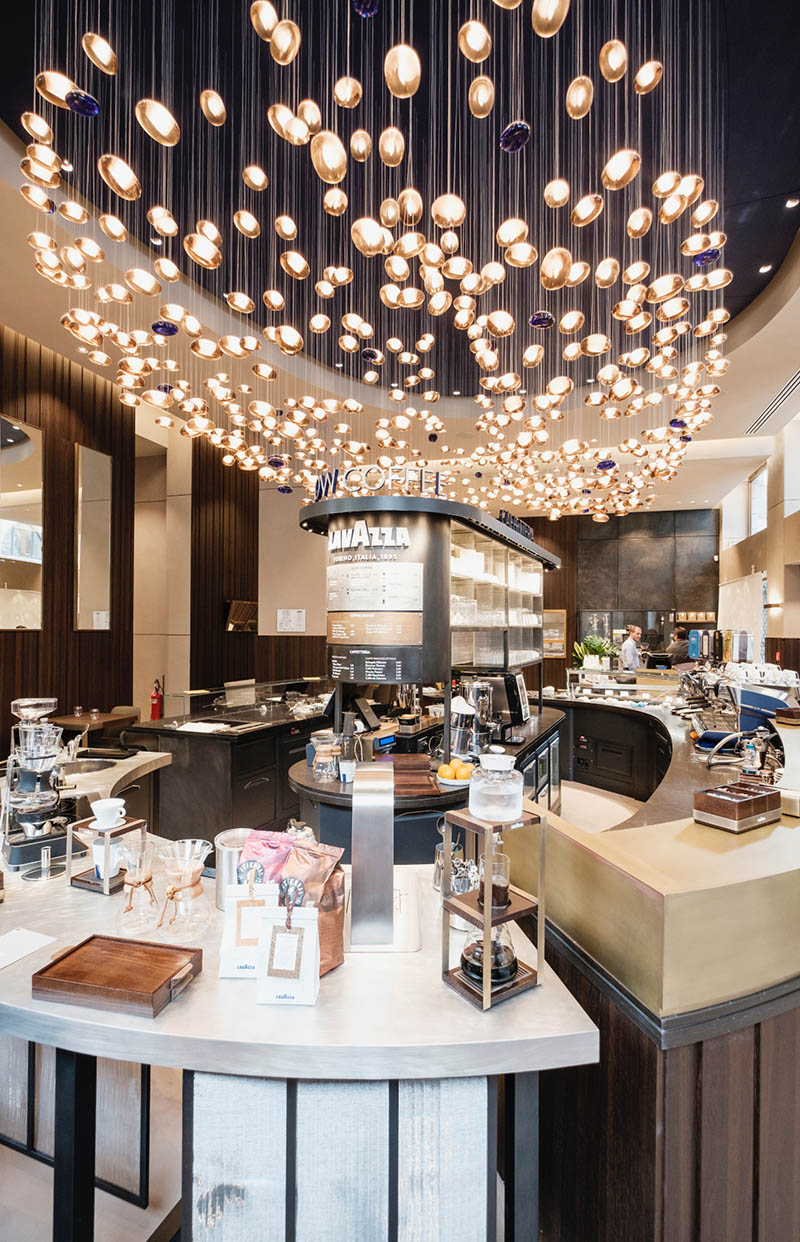
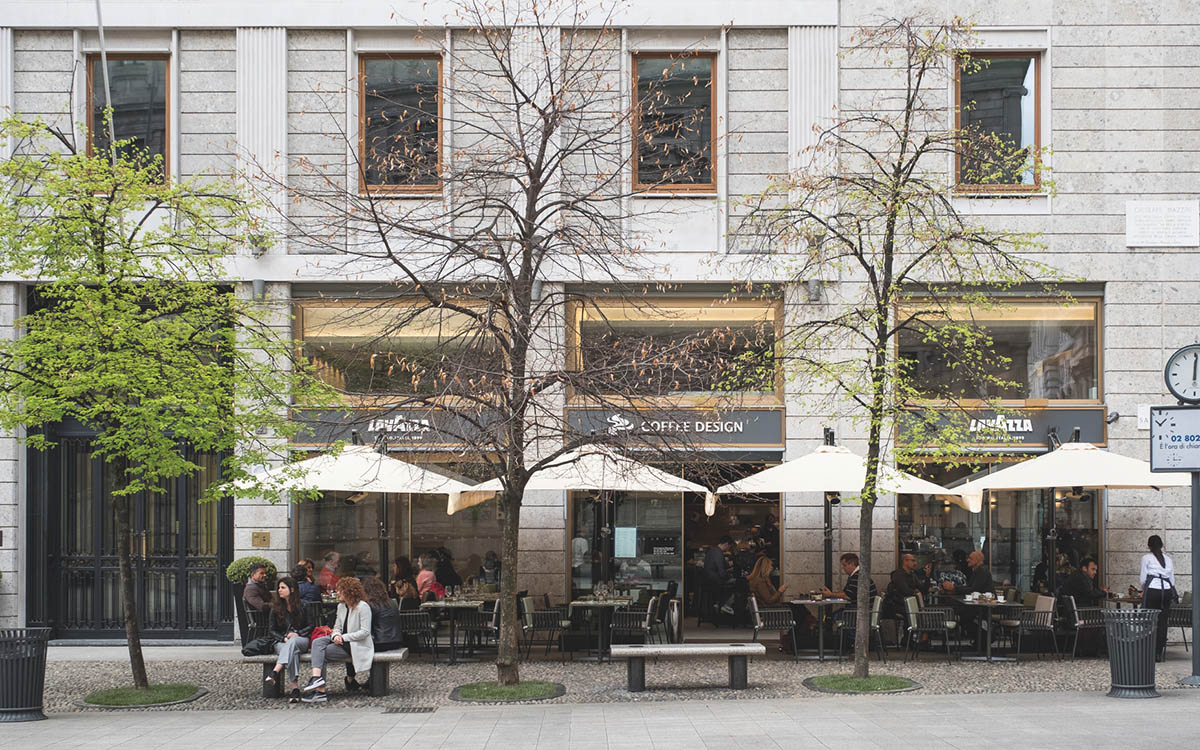
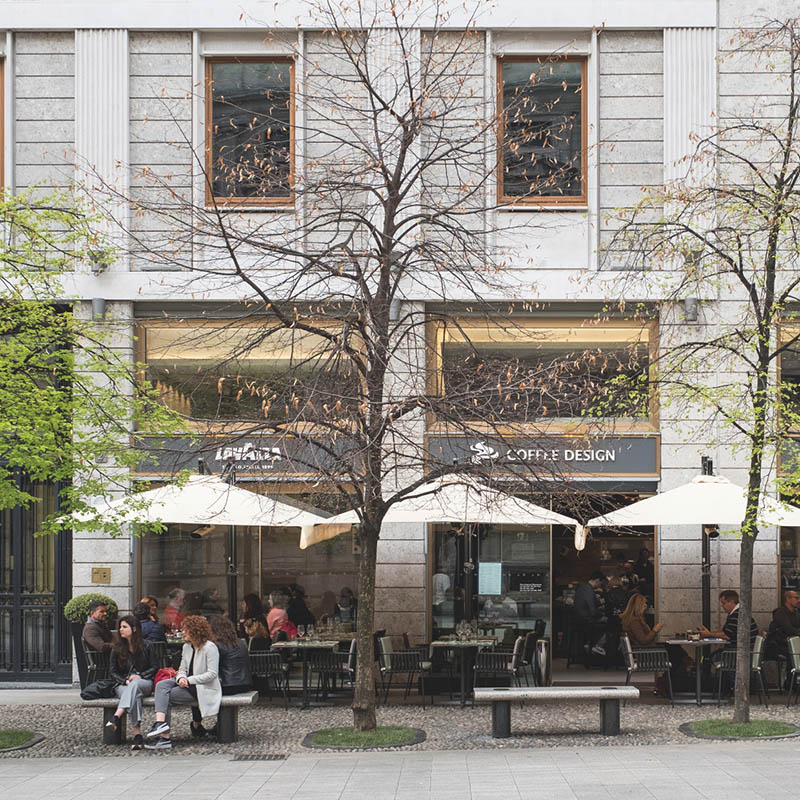
Coffee as an
experience
When we talk about human lives and actions, there is an infinite number of factors that can influence the way in which each of us experiences something. Some of these variables depend on us, on our physical or mental state, while others will be influenced by the environment and the people around us or the places in which we find ourselves.
The behavior and personality of each individual are conditioned by a series of factors, such as their abilities, emotions, sentiments.
Where and when to drink which coffee-based elaboration are decisions that a human being must make by following his instinct, which is affected by emotions and sentiments. These decisions reflect the habits and values of the person at the centre of an experience: whether to have a coffee in a small bar, or in a cafè run by a large chain? Whether to add cane sugar, refined sugar or sweetener? Animal or plant milk? In the evening too?
Select a sphere

Through the summaries on our diagrams, we can see how the human is a living being with a very complex body structure, not to mention mental functions that in many ways remain unexplored. This is why it is impossible to predict with certainty how a person will behave and how they will feel in a given context, how they will conduct themselves in the atmosphere surrounding them and the perceptions that they will develop based on their experience.
The offer
and the
experience
Drinking the same coffee in the same coffee bar can give rise to very different gastronomic experiences depending on the psychophysical state of the barista and the customer. Both those who create the offer and those who experience it are human beings, so you can clearly understand that the possible results are infinite.
When we talk about the offer, actually, we mean everything that is created and offered to give a unique experience to clients. The food always comes first and foremost, of course, but there are lots of other aspects to consider to complete the offer. The people managing the bar have to pay attention to all of the elements useful to ensure that the offer will arouse interest and have a positive impact on customers.
When we speak of a gastronomic experience we mean the sum total of consuming certain elaborations, plus the infinity of elements that the bar has provided and which are available before, during and after the visit. The final evaluation of the experience is a summary, rather than a sum total, of everything that happens from the moment you leave your house to go to the restaurant — or to the bar, or any establishment — until you return.
With good communication, you can give the customer information about the gastronomic offer, the space and setting, the location, opening days and hours. All of this contributes to creating a series of expectations, which will probably have an influence on the decision to have a given experience.
The decision that prompts a customer to go to a given bar is influenced by many factors, both conscious and unconscious. These factors may be of a personal or professional nature, or even both. You may want to spend some quality time with friends or you may simply need to get a coffee or have lunch.
If you decide to accept reservations, you must adopt a certain strategy in order to manage them. For most businesses, this is a simple procedure which must be well organised and managed.
When the booking is made, the customers are guaranteed to be able to have the experience they desire depending on the bar they have chosen. All of this creates higher or lower expectations for everyone. If bookings are not accepted, this can be an advantage because the customer can decide to go there without having to make the decision in advance, a disadvantage because he runs the risk of missing the experience due to the bar being full.
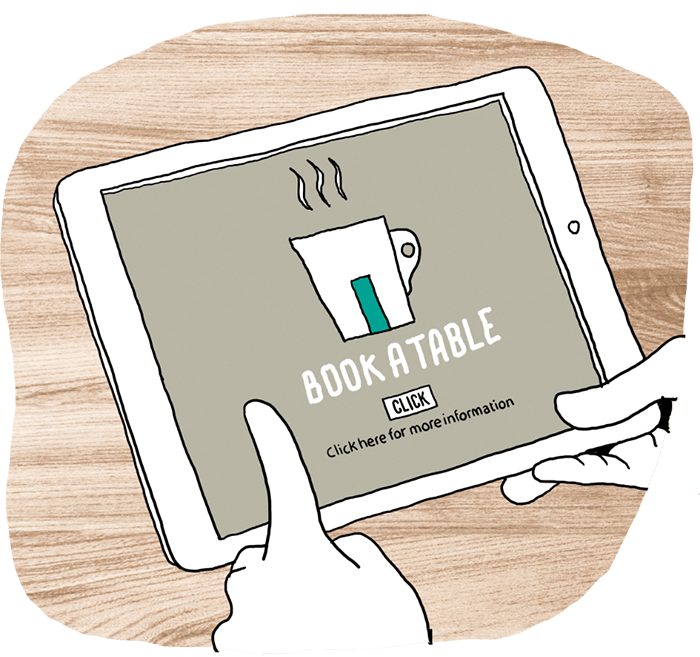
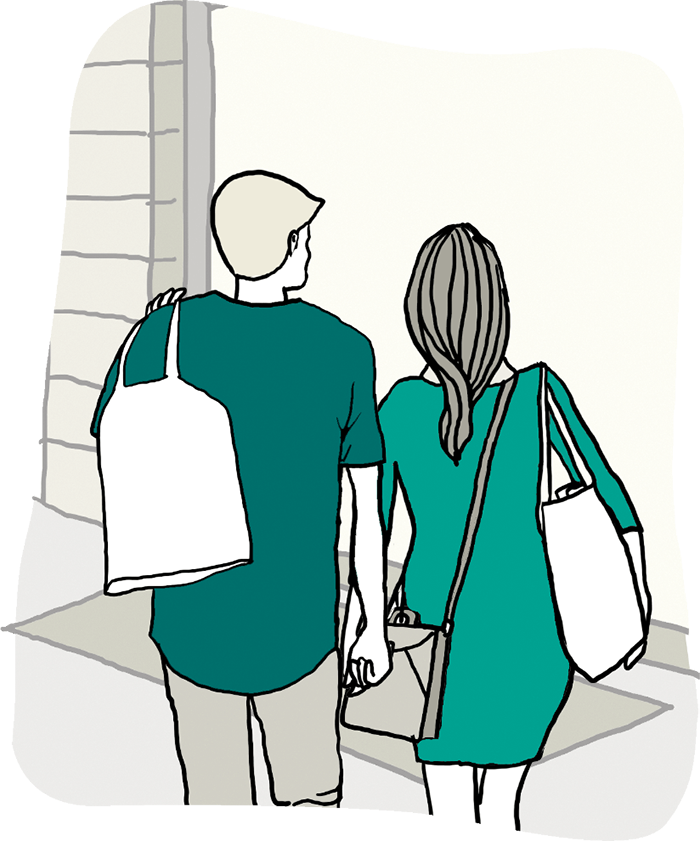
A bar located in an unremarkable part of the city is quite different from one in a central area or, as in this case with some restaurants and hotels, from one located outside the city and surrounded by marvellous scenery which you can admire during the journey.
The options and variables become infinite: from a short journey, which can be taken on foot, to journeys of varying lengths which may require the use of a car or other means of transport, whether public or private.
The outside area also plays an important role because it creates certain feelings in the customer. An example is how the facade of the building has been designed — from those whose facade does not constitute an added value to others that are intended to offer a striking and appealing first impression to heighten expectations.
You can analyse and make use of the initial services that the bar offers on-site. For example, there may be a car park, there may be services that facilitate access for people with disabilities. There are other elements, moreover, which can confirm what each person was expecting: the style of the facade, the lighting and the entrance, whether anything special happens when it is time to enter the bar.
It is the moment when the customer is welcomed in. Depending on the type of bar and the level of the offer, a number of variables may arise: based on the attention paid to customers when they enter, the places designated for the welcome, communication and the complementary services (security service, cloakroom service, etc.).
As soon as you enter the bar, the intensity of sensations and perceptions increases in relation to the attitude of the staff, the environment, the size of the space, temperature, odours, acoustics, lighting and, obviously, the decoration and furnishings.

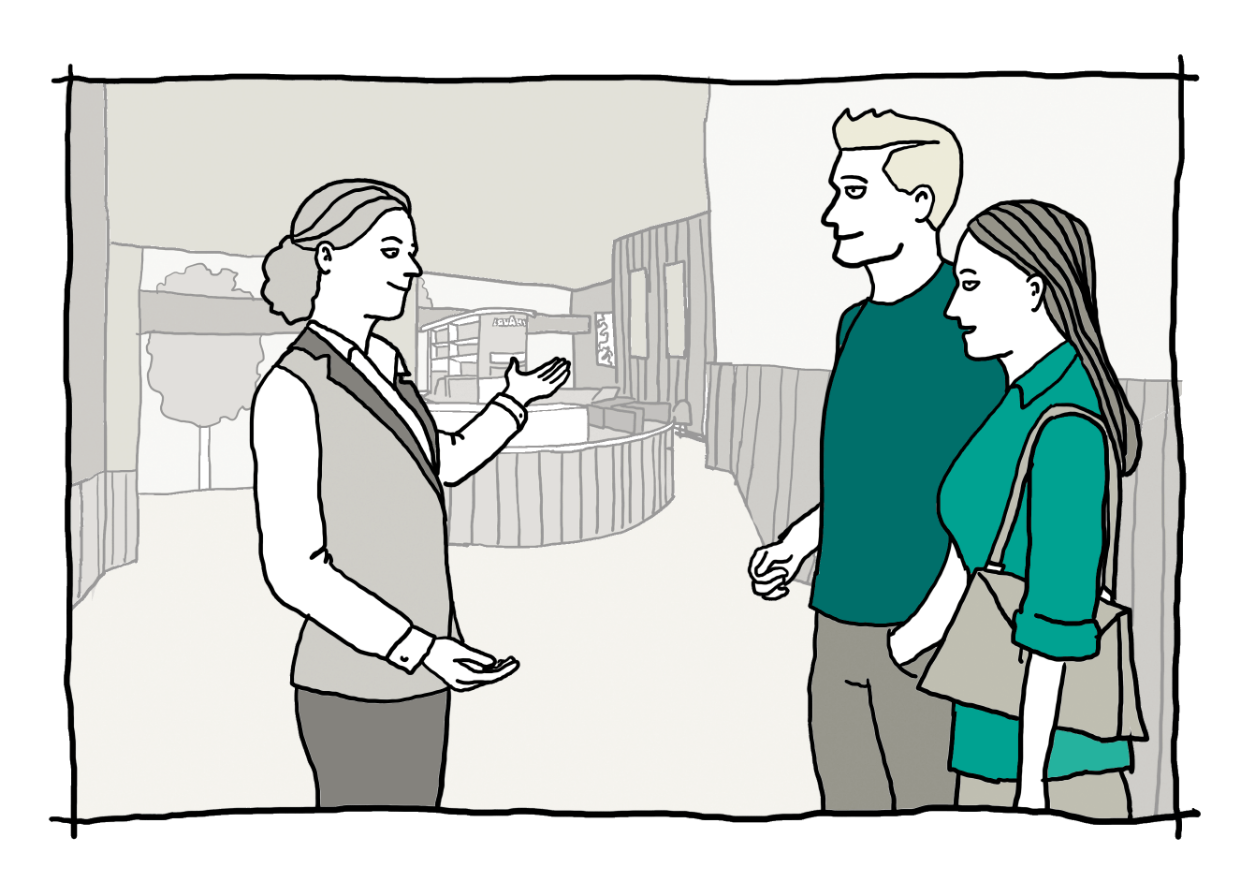
The first step is to be clear on how to structure the offer: balance between food and beverages, the inclusion of special elaborations (gluten-free, vegetarian, vegan) designed for every level of eating and drinking, or for the time at which the customer decides to enjoy them. Another factor to take into consideration is updating the offer: as well as the fixed offer, you must decide whether to have an offer of the day, the week or the month, or perhaps to have promotions from time to time.
The type of establishment and service define the way what is on offer is communicated, both in terms of the content, shape and distribution of the menu. Customers may find the menu on the table or at the counter on arrival, or the staff may bring it to them once they have taken their seats. If there is not a menu, the offer will be only communicated verbally or through alternative forms of signage.
This moment is crucial to the success of the experience and to the bar’s business model itself. Once again, the service techniques are essential: explanations, encouragement of certain choices, being equipped with a pen and paper or a handheld device with which to take orders.
The length of time that passes between the moment when the offer is communicated and the decision itself varies from one situation to another and may be imposed or limited by the service staff, depending on the establishment’s philosophy. It is also possible, however, for the customer to be the one who determines the duration, depending on how much they want to or are able to devote themselves to studying the offer.
To prevent the wait from turning into something negative, it is important to have good organisation and adequate resources in the operating system for everything that has to do with producing the gastronomic offer: techniques and tools for reproducing different recipes, qualified personnel, successful dynamics of the service.
The waiting time is the time that passes between the moment when the order is made and when it is served. It can be one of the reasons why a customer is more or less satisfied with an experience.
It will be essential to share a clear service philosophy and ensure that the style of the latter is consistent with the type of gastronomic offer and the atmosphere of the bar itself.
It is indisputably of vital importance that the main actions for successful service are always respected: serving everything that has been ordered simultaneously, without errors, elegantly and with the necessary explanations and holding the customer’s attention throughout. The extraordinary theatricality of the courses is also considered a key factor.
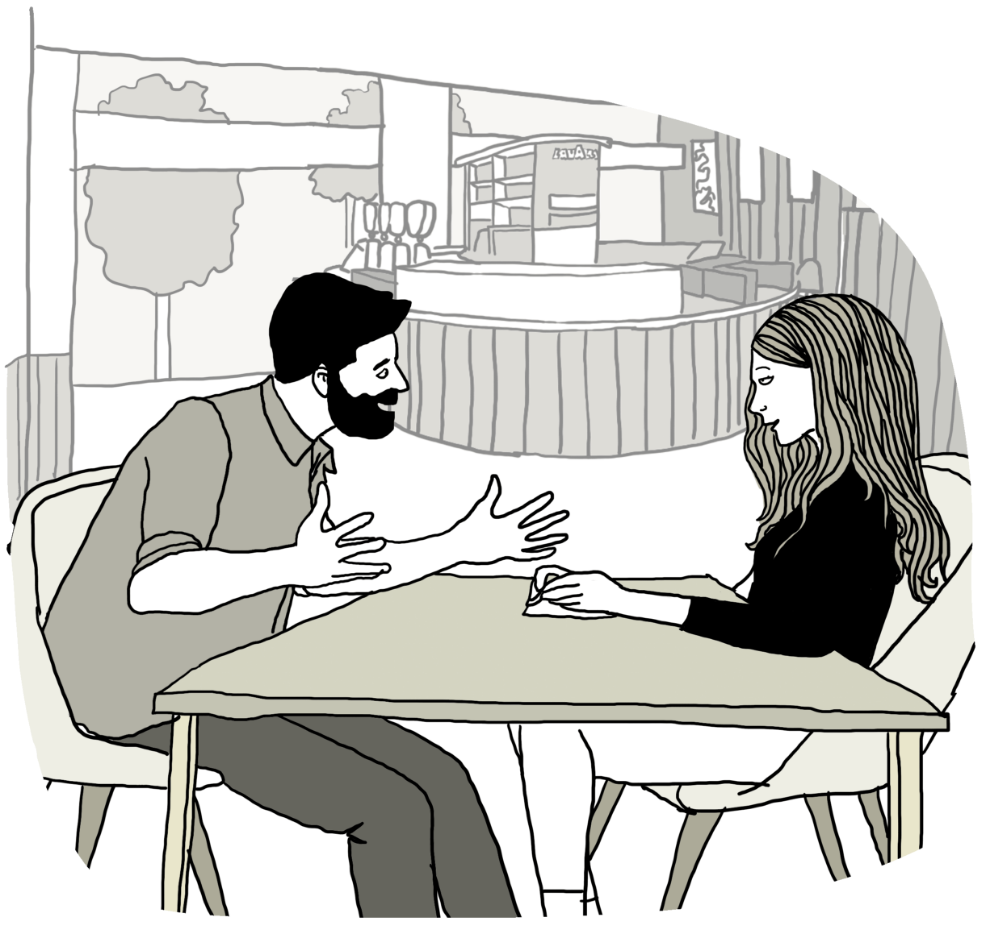
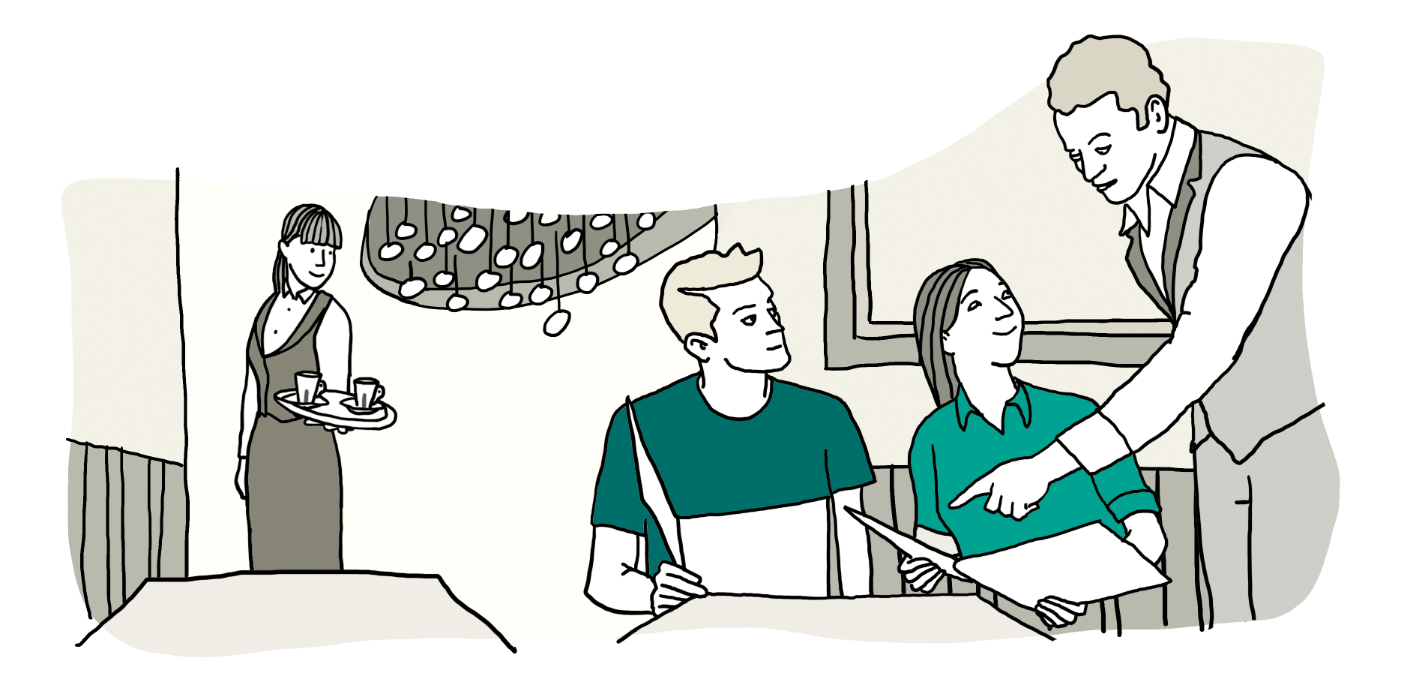
The resources supplied to the customer also have an influence on the experience: the tasting equipment, that may be traditional, modern or avant-garde, made from one material or another and the complementary products offered to ensure that the customers can customise the final elaboration they are going to eat or drink (a typical example could be the sugar).
When the time comes to taste a product, the customer becomes an active part of the experience and has available two categories of resources: the resources provided by the establishment (the tasting equipment) and the customer’s own resources, which they can make use of as a human being (his body, senses, abilities, skills and the values that make up part of his personality).
It is necessary to make a series of decisions to define payment methods which are appropriate for the style chosen for the bar, as the place in which payment is made (at the tables or in another location), payment types accepted and when the bill is delivered.
Every business, depending on its style, decides on one or more ways in which customers can pay for what they have consumed. The price paid will carry more or less weight in the evaluation depending on the customers’ expectations, what each person can afford to spend and on past experiences.
The modalities of leave must be consistent with the style of the bar: depending on the desired level and exclusivity of the service, the farewell will be more or less personalised. It is possible to offer various complementary services, the sale of merchandising products and the assistance for a new booking or for transport.
Even if all the customers’ expectations have been satisfied, it is vital to conclude the experience by giving them an appropriate farewell, so as to leave them with a good impression of the treatment they have received.
A protocol must be established in case customers require any assistance after the experience. It is always possible that after leaving the bar, a customer will return because they need help or advice or because they have forgotten something.
It is important to highlight that a negative experience on the return journey could compromise the final assessment of the overall experience in our memory. In any case, reactions to the sensations experienced up to that point continue to manifest throughout this phase, regardless of whether expectations were satisfied or not.
It is important to know how to approach the situations in which you might interact with a customer after their visit: appreciative feedbacks and/or compliments, complaints, questions.
The analysis and the memory of a past experience can change over time because everything becomes blurry or because, upon reflection, we may change our opinion, making it more negative or more positive than the initial sensations. These new observations may arise from the individual themselves or be influenced by the opinions of others.
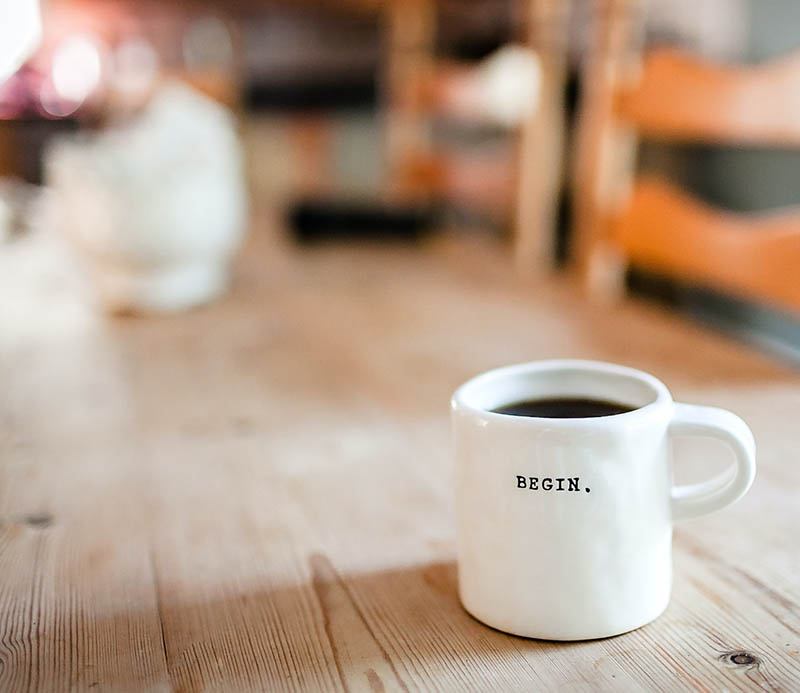


Setting up
a coffee bar
The
management
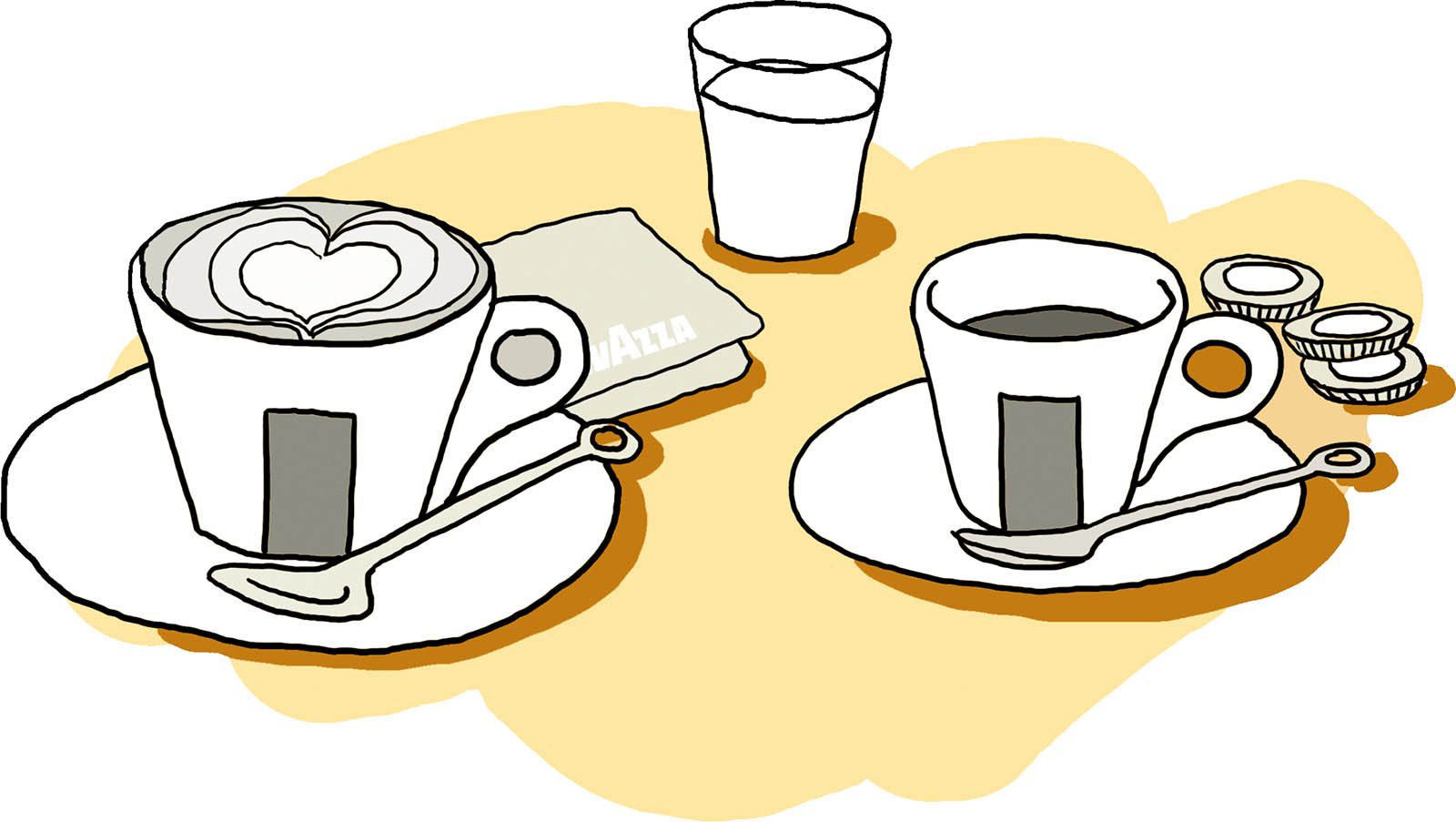
The
resources
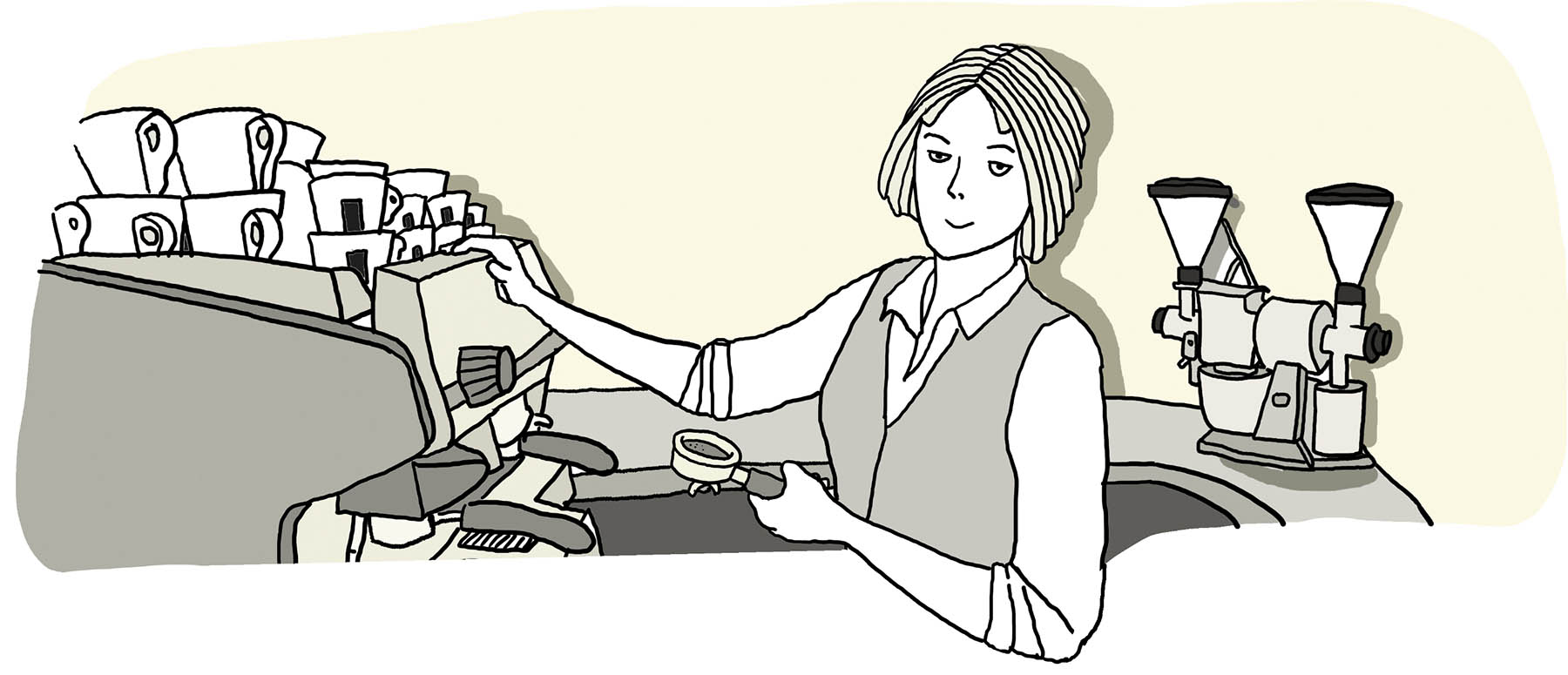
Innovation